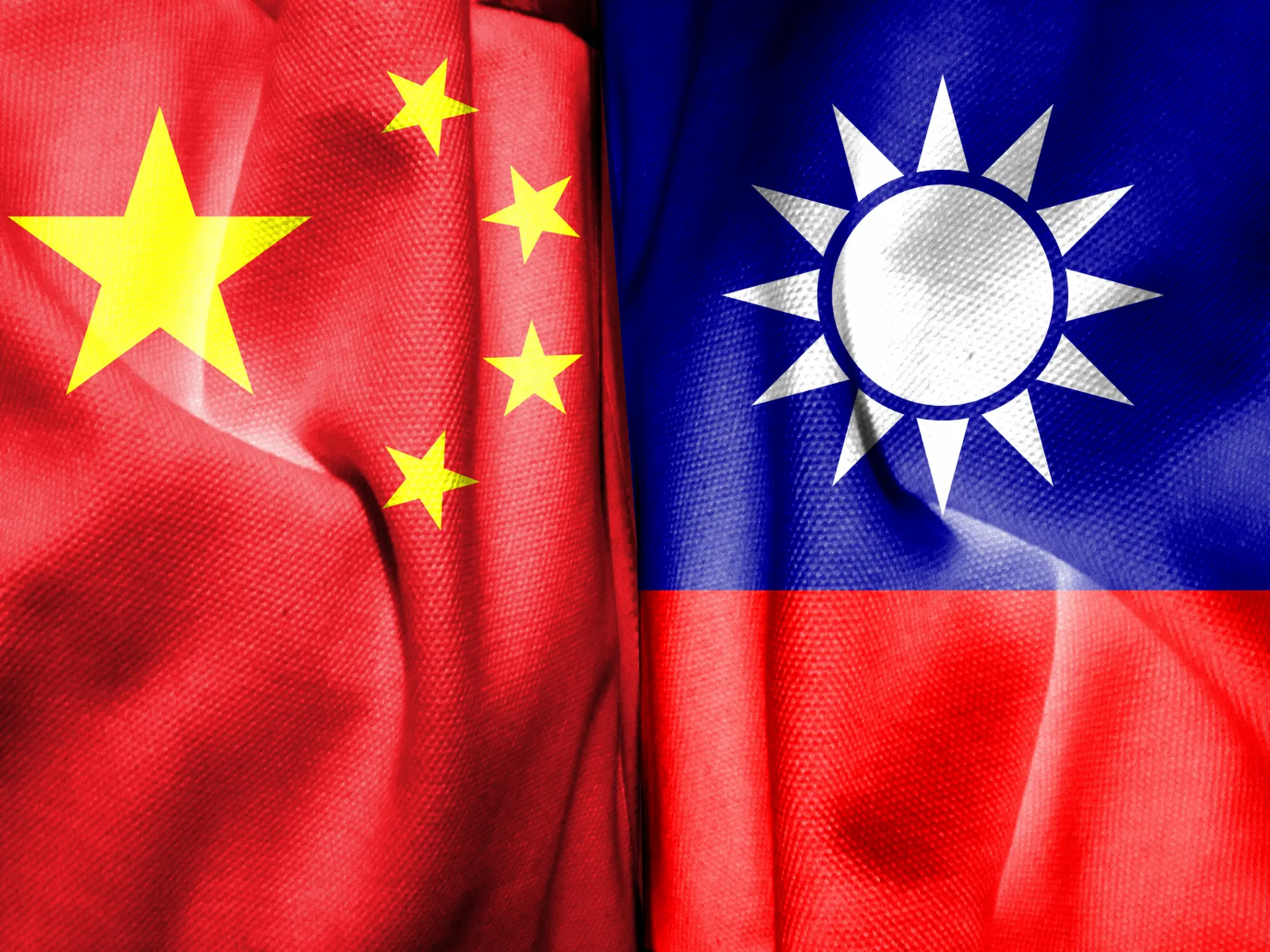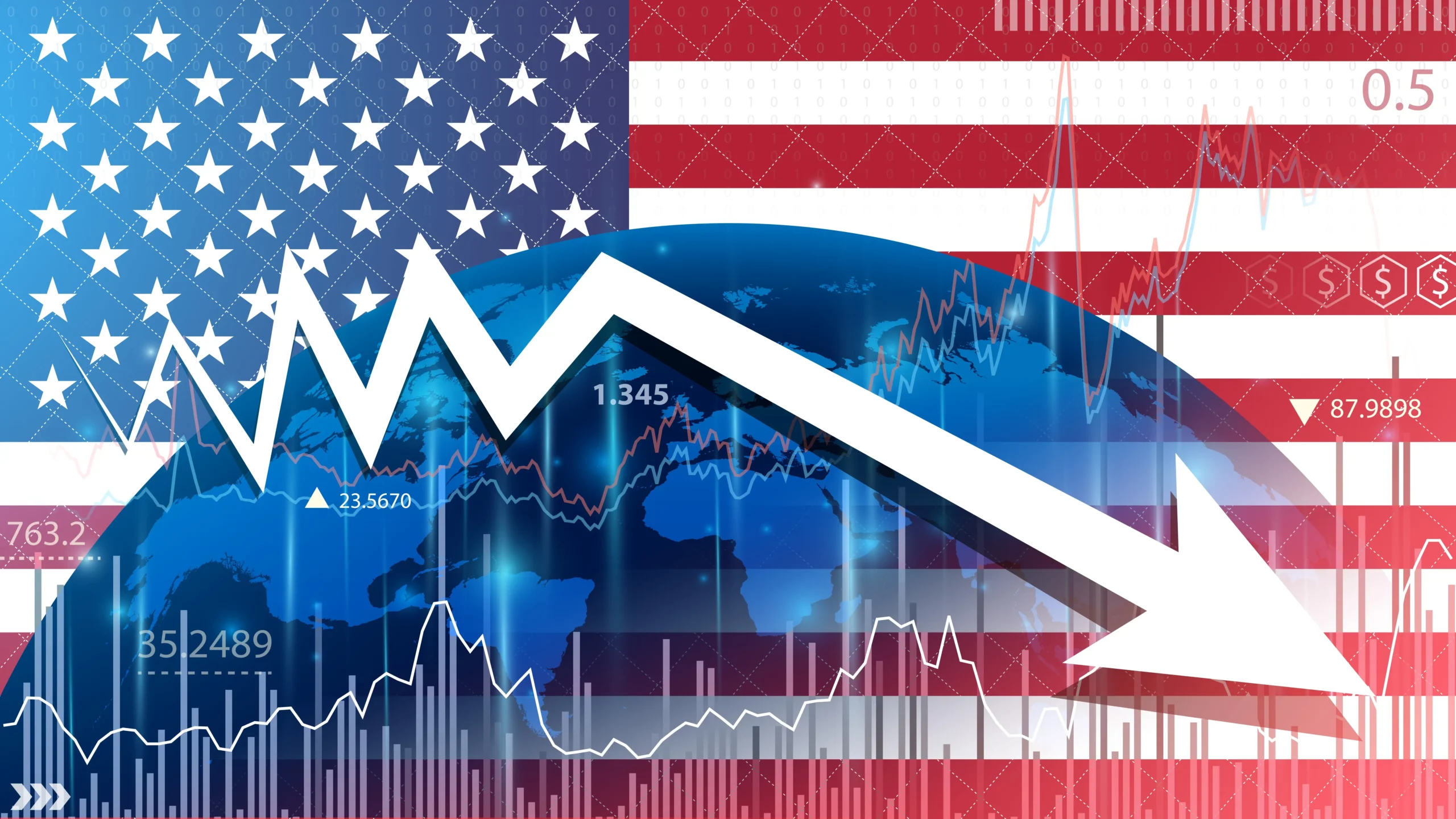During the initial outbreak of Covid-19 in 2019, China stunned the international community by confining more than 11 million inhabitants of Wuhan to their homes. Since then, China has maintained the same practises, including them into its Zero-Covid policy. Border controls and lockdowns on the coronavirus have disrupted supply chains and slowed the flow of trade and investment, causing China’s economy to slow down. China has adhered to its zero-tolerance approach to the virus for nearly three years, despite the fact that this policy has caused immense economic harm and public dissatisfaction. Therefore, it is important to shed light on the effects of the Zero-Covid policy on the Chinese economy and the measures that need to be undertook by the government after its abandonment of the policy to revive its economy.
What is Zero-Covid?
Zero-Covid refers to the Chinese government’s strategy of imposing blanket lockdowns on entire communities and even entire cities when illnesses are discovered. The goal is to prevent the transmission of the virus, hence reducing the number of illnesses and deaths. This is in contrast to the “living with the virus” strategy prevalent in the majority of the rest of the world, in which infected persons are isolated, their contacts are followed and tested, but cities are not immediately locked down due to a cluster of cases. To achieve this, the government has undertaken widespread testing, isolated the sick in government facilities, and imposed lockdowns that can encompass entire cities. Lockdowns might be implemented even if only a few cases of Covid-19 are identified. To trace the spread of the virus, officials employ contract tracing apps to track people’s activities. They also undertake mass testing in locations where Covid-19 has been detected, and everyone who has come into touch with an infected person is quarantined or told to isolate themselves.
Nearly three years of sudden lockdowns, economic instability, and erratic travel restrictions imposed by China’s Zero-Covid policy have driven individuals to their mental and financial breaking points while having a disproportionate effect on the country’s economy.
Impact on the Chinese Economy
China’s Zero-Covid policy has not equally affected all industries. However, several industries, including hotels and restaurants, real estate, tourism, local supply chains, and small and medium-sized firms (SMEs), have been far more impacted by municipal lockdowns. Indeed, frequent lockdowns, notably in eastern and south-eastern China — the core of Chinese industry and trade — resulted in instability for factories and businesses, challenges for employers, decreased production, factory closures, and less long-term investments.
China’s factory activity contracted last December and the Caixin Purchasing Managers’ Index (PMI), a private indicator of operating conditions in China’s manufacturing sector, registered 49- a reading below 50 indicates an economic contraction- its lowest level since September 2022 and a decrease from 49.4 in November 2022. The official PMI numbers for China, which were released in the last week of December, indicated a further fall in economic activity. Its manufacturing and services indices registered 47 and 41.6, respectively, their lowest levels since the onset of the COVID-19 epidemic in early 2020.
In addition, lockdowns or travel restrictions in China have harmed local supply chains. This has had a significant influence on both production facilities and domestic consumption and exports, as well as on domestic tourism. China has played a crucial role in global supply chains for decades, and in 2021, it produced close to 30% of the world’s goods. However, Chinese exports declined in October 2022 for the first time since May 2020, due in part to a decline in worldwide demand. China’s manufacturing activity has declined during the past two months, with huge sections of the country experiencing lockdowns, it is difficult for factories to recruit and keep workers. This year, more than 80 % of Chinese industries have experienced labour shortages, and the country’s Ministry of Education anticipates a lack of about 30 million workers by 2025. All of this might hinder Chinese manufacturers’ ability to produce and sell goods to the rest of the globe, and lockdown-related turmoil is already impacting global companies’ capacity to satisfy demand.
Furthermore, when it comes to consumption, in the first few weeks of December 2022, automobile and real estate sales declined. According to the most recent data from the China Passenger Car Association, automakers sold 946,000 automobiles between December 1 and December 18, 2022, a 15 % decrease compared to the same time in 2021. Wind, a Chinese financial data company, reports that mid-December home sales by floor area in the 30 largest cities fell by 44% compared to the third week of December last year. In first-tier cities such as Beijing and Shanghai, home sales dropped 53% from a year ago to mid-December 2022.
In addition, China’s foreign tourism is virtually absent, and the dominating domestic tourist business is also in peril, despite certain instances of growth, because people are unwilling to leave their own area and become trapped in a lockdown in another region. Tourism accounted for approximately 11% of China’s GDP in 2019, before the pandemic. As shown in the graph below the number of tourists declined from approximately 163 million to approximately 31 million tourists in 2020.
Another major sector that has been affected by the policy is the real estate sector, which has been problematic for a long time and has intensified. This industry accounts for roughly 30% of China’s GDP. The development of pre-sold homes across the country has slowed or stopped as a result of the industry crisis, which started in late 2021 when well-known developers failed on their financing. Homeowners who refused to pay their mortgages on unfinished homes this year staged a rare protest in response to this. . While Beijing has undertaken a number of efforts to rescue the industry, including releasing a 16-point plan to ease the credit bottleneck in November 2022, statistics continue to paint a bleak image.
Last, the SME index declined to 49.2 in November 2022 from 49.9 in October 2022, suggesting a second consecutive month of m/m contraction in the activity of SMEs. In November 2022, manufacturing and non-manufacturing production continued to decline. Overall, by industry, the output index for the accommodation and catering sector decreased the most, from 44.4 in October to 35.7 in November 2022, followed by a 5.3ppt decline in the output index for the wholesale and retail sector to 44 and a 5ppt decline in the sales index for the real estate sector to 45. The pace of slowdown in manufacturing activity eased in November 2022, with the production index for the labour-intensive and capital-intensive manufacturing sectors improving 2.8ppt and 5.2ppt m/m, respectively, to 48.3 and 50. The estimate for real estate sales rose marginally from 47.7 in October to 50 in November 2022, compared to the outlook for the retail, leasing, and labour-intensive industries. As a result, the young unemployment rate was impacted and has regularly reached new heights this year, climbing from 15.3% in March 2022 to a record 18.2% in April 2022, and continuing to grow during the following months to reach 19.9% in July 2022. According to CNN calculations based on government numbers that place the urban youth population at 107 million, this equates to around 20 million unemployed individuals between the ages of 16 and 24.
All these reflect a decrease in GDP growth, it increased by 3% in 2022, and this is far lower than the government’s target of 5.5% but better than what most economists had predicted. Other than at the outset of the pandemic in 2020, when annual GDP grew by 2.2%, last year’s economic expansion was the slowest since 1976.
What Now?
After the abolishment of the Zero-Covid policy and the reopening, COVID 19 cases and deaths are increasing, moreover, officials are struggling with a property crisis that has dragged on the economy for over a year, as well as a decline in exports, which aided economic development in the early stages of the pandemic. Nonetheless, experts are expecting a speed recovery for the Chinese economy since its reopening in 2023.
It is our view that the Chinese government reopened its economy after three years of Zero-Covid policy since it observed that it had harmed the economy more than helping it as explored above. Hence, the economy will recover on a slow pace since the government has a lot of challenges that needs to be overcome both on the internal and external level.
On the one hand, the government needs to undertake several measures and reforms to support the SMEs sector as small firms accounted for about 80% of the country’s non-government employment at the end of 2019. Further reforms need to be undertaken to revive consumer confidence and raise consumption within the country, through the digital economy for example, as well as to improve the real estate sector which needs to be looked at carefully since it has been in crisis before the Zero-Covid policy and constitutes 30% of China’s GDP.
On the other hand, the government will need to stabilise the economy and continue to rebalance its growth to achieve a higher GDP. In addition, the government should put into place policies and incentives to attract investors that were relying on its local supply chains and looked for alternatives during the Zero-Covid policy, like Vietnam and Mexico, as well as reviving business confidence. Another aspect is the revival of tourism, in order to achieve this, the government needs to adopt a strategy that helps to eliminate the virus and control death rates, through for example supplying the population with the appropriate medicine, especially after the announcement of the huge amount of deaths since the reopening, which will send a message that the country is safe and will therefore invite tourists to visit the country.
References
China’s “Zero Covid” Policy Needs Change, Curbs Risk Stalling Economy: Chinese Think Tank [Internet]. [cited 2023 Apr 25]. Available from: https://www.outlookindia.com/international/china-zero-covid-policy-needs-change-curbs-risk-stalling-economy-chinese-think-tank-news-219662
What Is China’s “Zero-COVID” Policy? [Internet]. [cited 2023 Apr 25]. Available from: https://www.voanews.com/a/what-is-china-s-zero-covid-policy-/6854291.html
China’s factories suffer from end of zero-Covid policy | Financial Times [Internet]. [cited 2023 Apr 25]. Available from: https://www.ft.com/content/665f4254-f0d5-4f98-bee5-879995ef149d
Zero-Covid: five charts that show how restrictions are throttling the Chinese economy | China | The Guardian [Internet]. [cited 2023 Apr 25]. Available from: https://www.theguardian.com/world/2022/dec/01/zero-covid-five-charts-that-show-how-restrictions-are-throttling-the-chinese-economy
Covid-19: China’s surge in cases hits factories and consumer market | CNN Business [Internet]. [cited 2023 Apr 25]. Available from: https://edition.cnn.com/2022/12/26/economy/china-covid-surge-economy-strain-intl-hnk/index.html
China’s “Zero-COVID” Policy and its Economic Effects | INSS [Internet]. [cited 2023 Apr 25]. Available from: https://www.inss.org.il/publication/china-zero-covid-economy/
As China abandons zero-Covid, what will the economy look like in 2023? | CNN Business [Internet]. [cited 2023 Apr 25]. Available from: https://edition.cnn.com/2022/12/29/economy/china-economy-2023-outlook-hnk-intl/index.html
Economic Alert China SMEI-Activity slowed further in November. [cited 2023 Apr 25]; Available from: https://research.sc.com
1 in 5 of China’s urban youth are unemployed. That’s a huge headache for Xi Jinping | CNN Business [Internet]. [cited 2023 Apr 25]. Available from: https://edition.cnn.com/2022/09/19/economy/china-youth-jobs-crisis-xi-jinping-intl-hnk-mic/index.html
Covid: China 2022 economic growth hit by coronavirus restrictions – BBC News [Internet]. [cited 2023 Apr 25]. Available from: https://www.bbc.com/news/business-64286126
China Suddenly Abandoned Its Zero COVID Policy. How Did It Start In The First Place? – The Diplomat [Internet]. [cited 2023 Apr 26]. Available from: https://thediplomat.com/2023/01/china-suddenly-abandoned-its-zero-covid-policy-how-did-it-start-in-the-first-place/
China coronavirus: 60,000 Covid-related deaths in just over a month – BBC News [Internet]. [cited 2023 Apr 26]. Available from: https://www.bbc.com/news/world-asia-china-64276608
China’s factories suffer from end of zero-Covid policy | Financial Times [Internet]. [cited 2023 Apr 26]. Available from: https://www.ft.com/content/665f4254-f0d5-4f98-bee5-879995ef149d
China’s SMEs: how important are small firms to the economy, and what challenges are they facing? | South China Morning Post [Internet]. [cited 2023 Apr 26]. Available from: https://www.scmp.com/economy/china-economy/article/3155660/chinas-smes-how-important-are-small-firms-economy-and-what























Comments